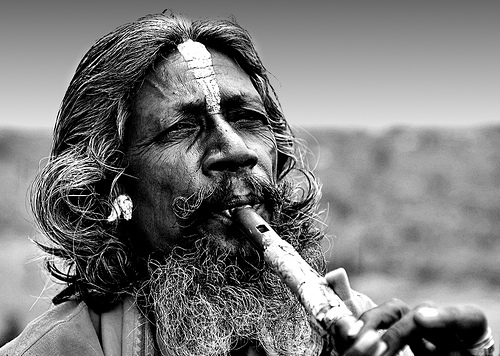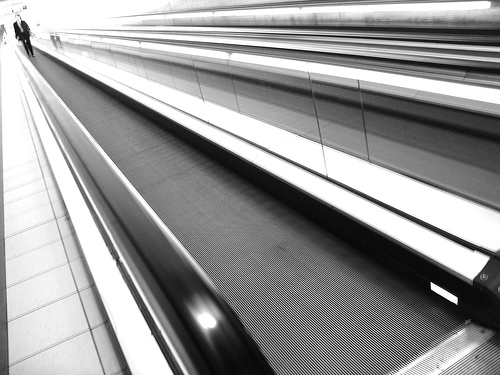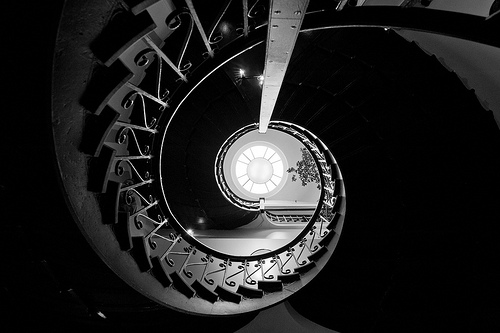Black and White Photography Tips – Four Tips For Great Black and White Pictures
These black and white photography tips will help you to recognize good black and white photo subjects and to be able to photograph and edit these for the best effects.

b/w experiment by { pranav } on flickr (licensed CC-BY)
Black and white photography is an excellent way to train the eye to recognize remarkable photo composition which is why so many photography courses and schools teach black and white early on.
As amazingly beautiful as a colorful sky may be, it is the lines, shapes and curves that move the eye through the photo. With color, the vibrant tones are beautiful but with black and white the contrasting tones are more dynamic.
In spite of its attributes, after the media went full color in the 70's and 80's black and white photography faded. It soon became increasingly more challenging to find places that sold and processed black and white film. Now thanks to digital cameras and editing, black and white is back!

Urban solitude by Gianni Dominici on flickr (licensed CC-BY-ND)
How to Recognize Stunning Black and White Photographs
Although choosing the best subjects for black and white is very subjective, many professional photographers will agree that the following types of compositions beg for black and white:
- Photos that convey strong emotion. Often times, color can be a distraction whereas black and white makes the emotion or feeling seem more strong.
- Images lacking a full spectrum of colors; for example, a cityscape or Ansel Adam's Yosemite "Moon and Half Dome."
- Low contrast images such as photographs shot on dark overcast days.
- Any subject with the lines, contours, shadows and curves that you just know will look great in black and white. How can you tell? By getting familiar with a variety of black and white images! Search online for Ansel Adams work. Or search for "famous black and photos."
- Look at B&W photography books at the library. There are many places to appreciate and learn this artful form of photography!

Farm workers, Mt. Williamson in background, Manzanar Relocation Center, California by Ansel Adams
Create Black & White Photography with a Photo Editor
Once you see a subject and know it would like best in black and white, then you can always set your camera to B&W and take it. However, if you gain experience with your photo editor, you will find you can create even better B&W images by shooting in color first and then desaturating in the editor. Another benefit to this method is that you'll never end up with a day's worth of pictures all in black and white because you forgot to reset the camera!

Bubble up by kennymatic on flickr (licensed CC-BY)
Check Your Camera's White Balance
While the easiest way to change a color to black and white is to desaturate it with your photo editor, this technique doesn't let you control how the primary colors work together to produce a gray scale brightness. If you create a good white balance when taking the picture, then the simple desaturation method may be all you need do in the photo editor.
Make Sure to Use Your Photo Editing Software's Color Swatches
One of the many methods for creating black and white images in a photo editor allows you to apply color swatches for your tones. Even though there are no colorful tones in black and whites, there are still tones created by colors. Color swatches work a lot like the way color lenses work on a SLR camera. For example, filters in the yellow to orange range are flattering to the skin while green creates nice tones for nature pictures.
And finally, don't forget to show off your black and white photographs. Beautiful black and white photos deserve to be framed for all to see. You should select picture frames that showcase your image with simple clean lines rather than distract from it. Hope you enjoyed these four black and white photography tips and have fun taking your next black and white photo!




